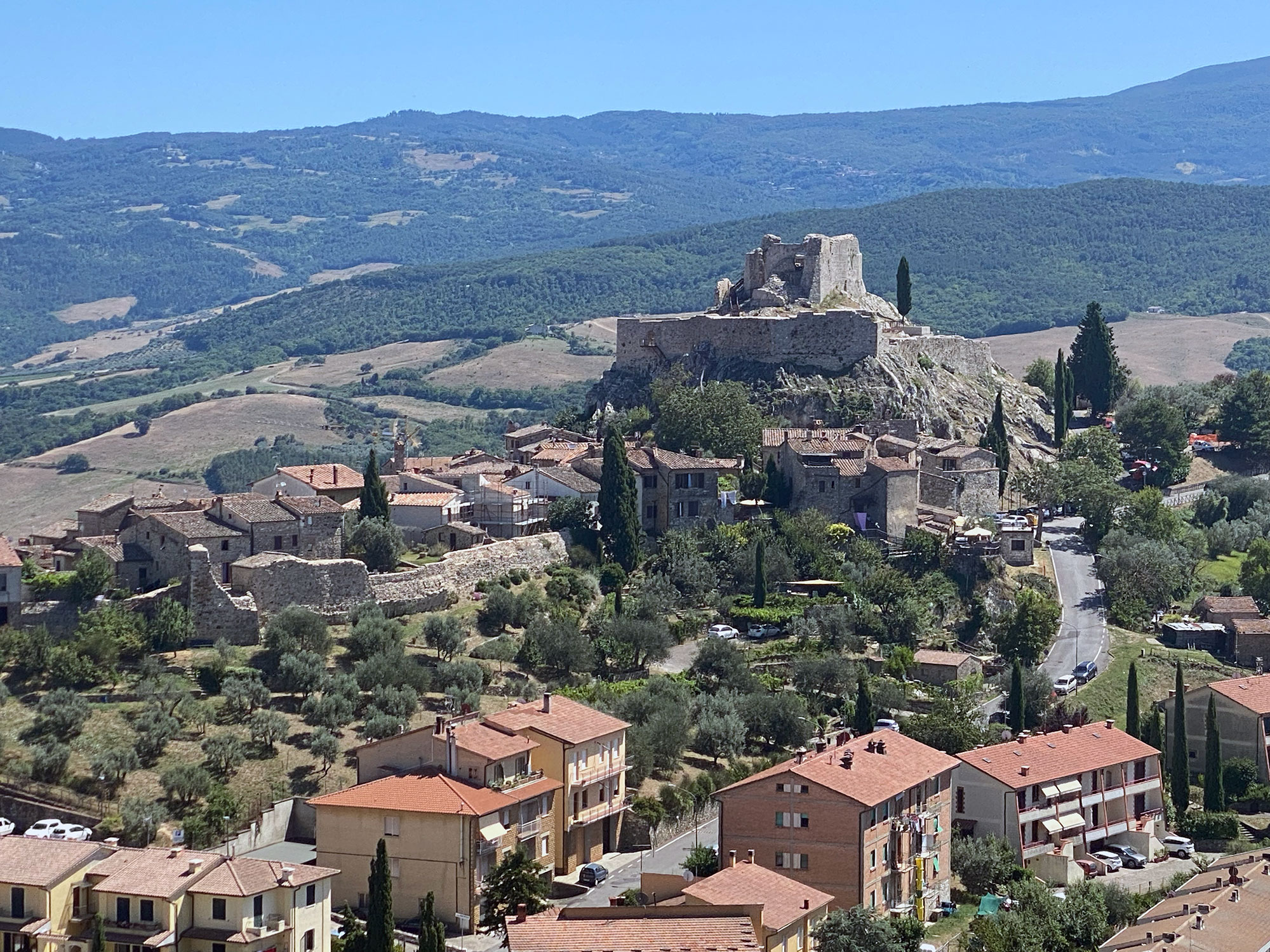
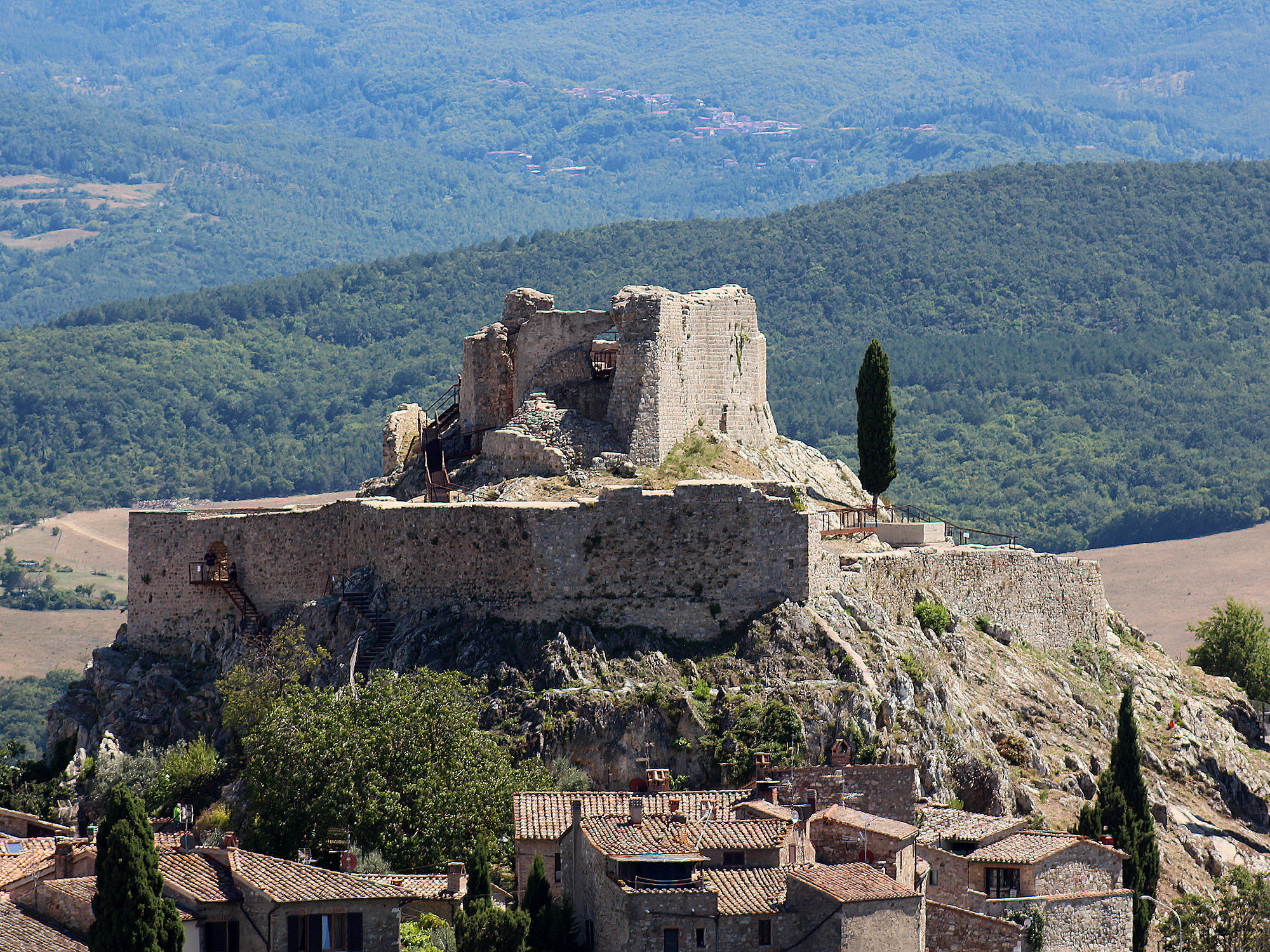

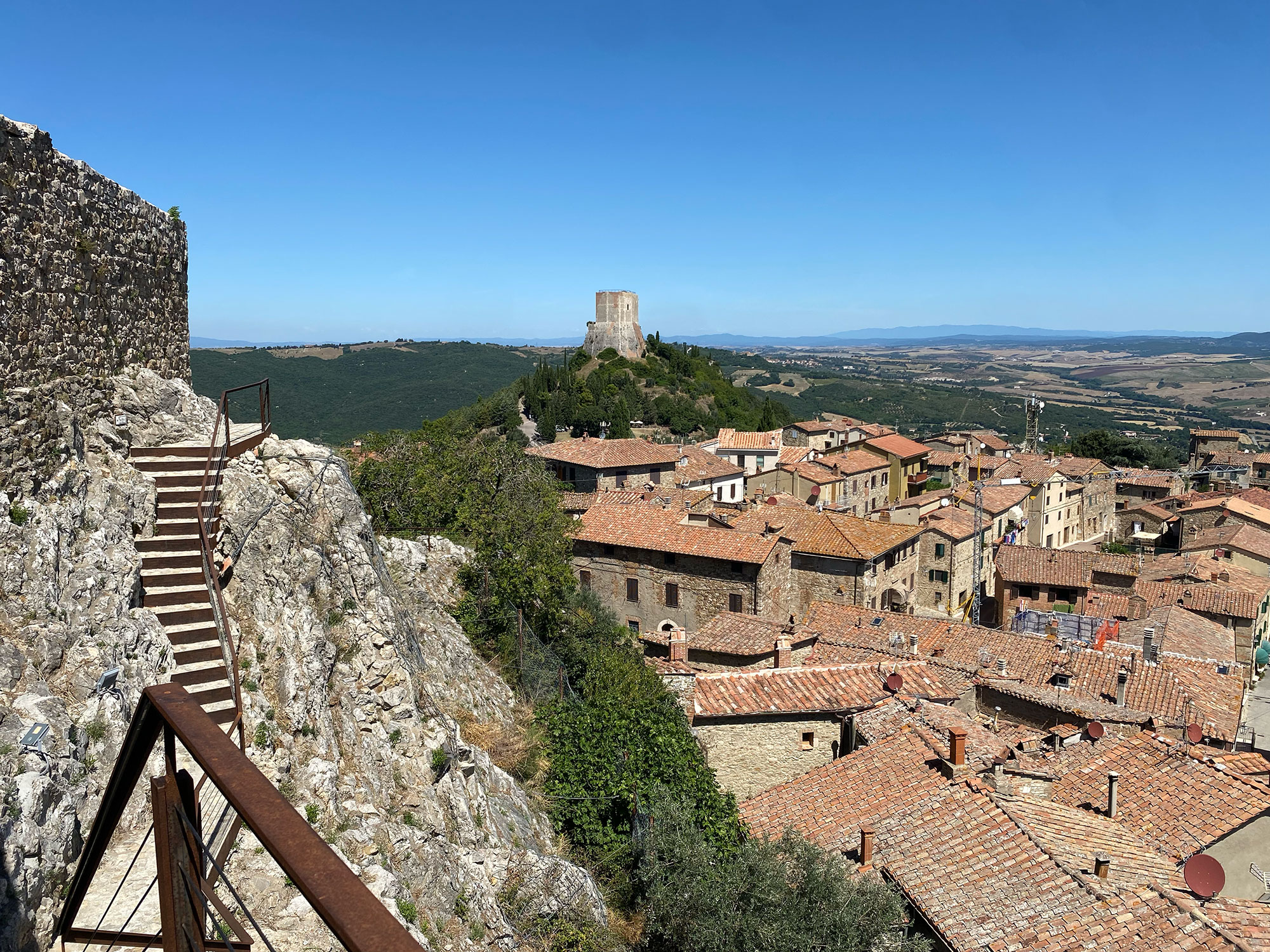
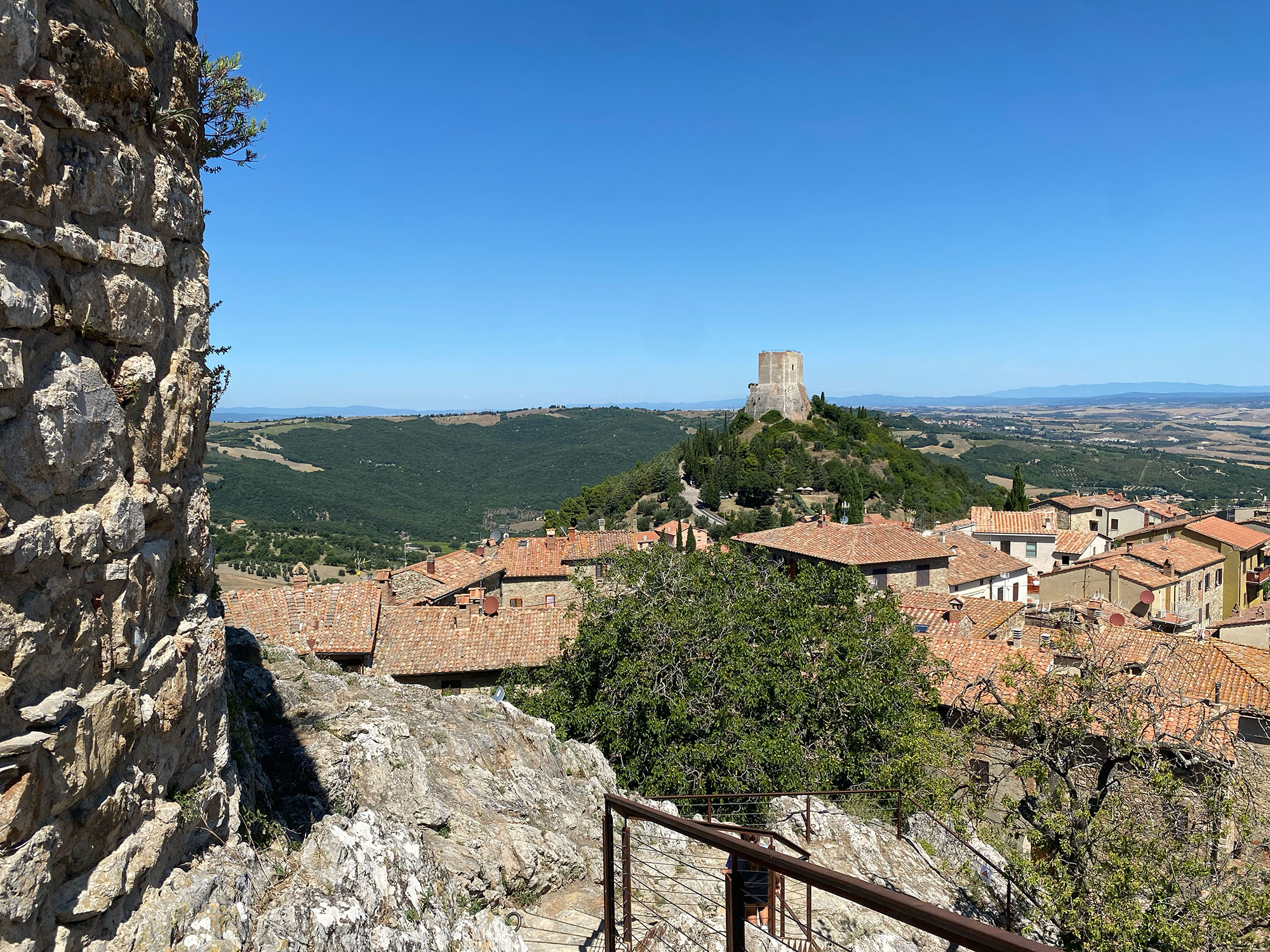
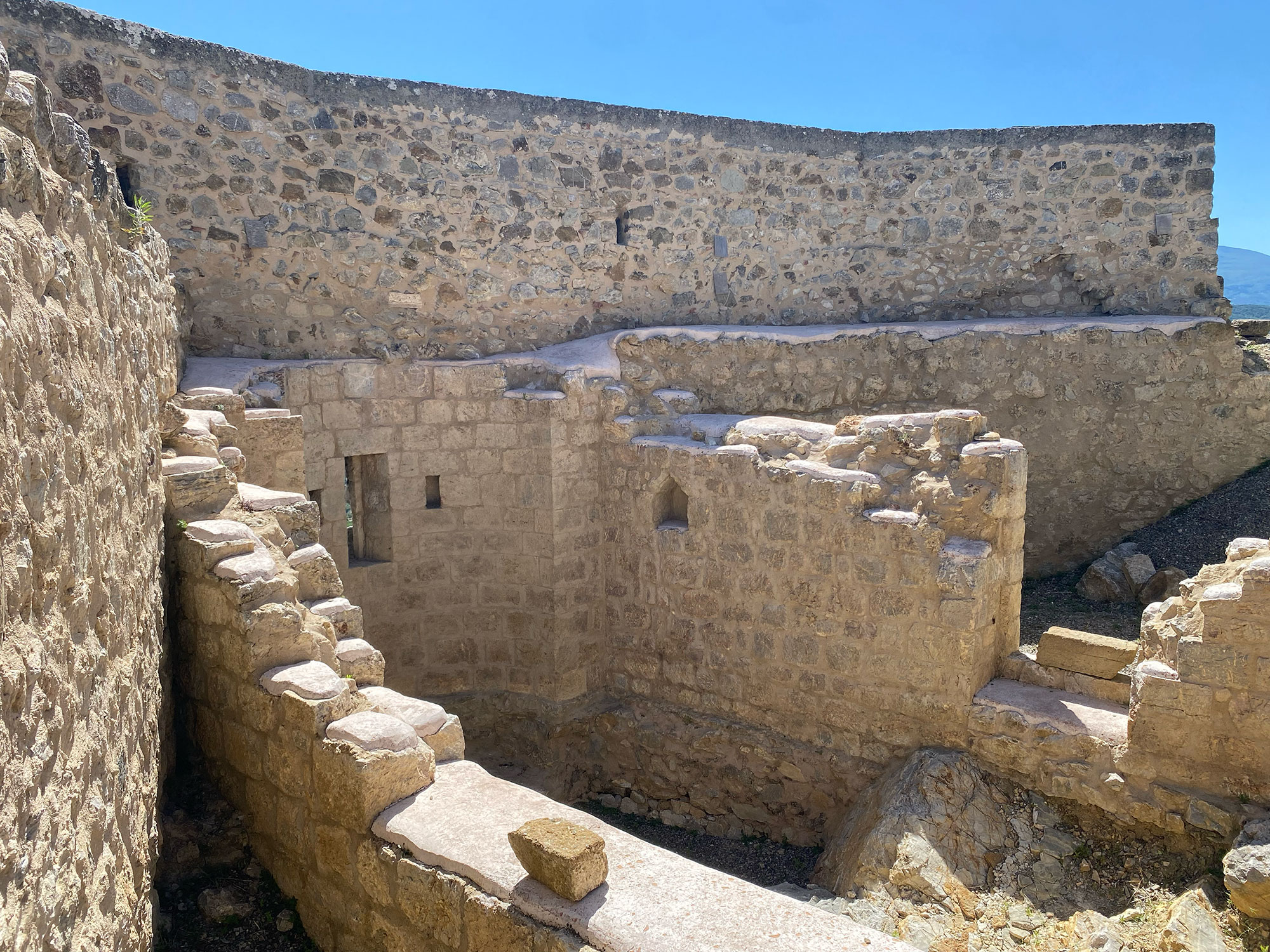
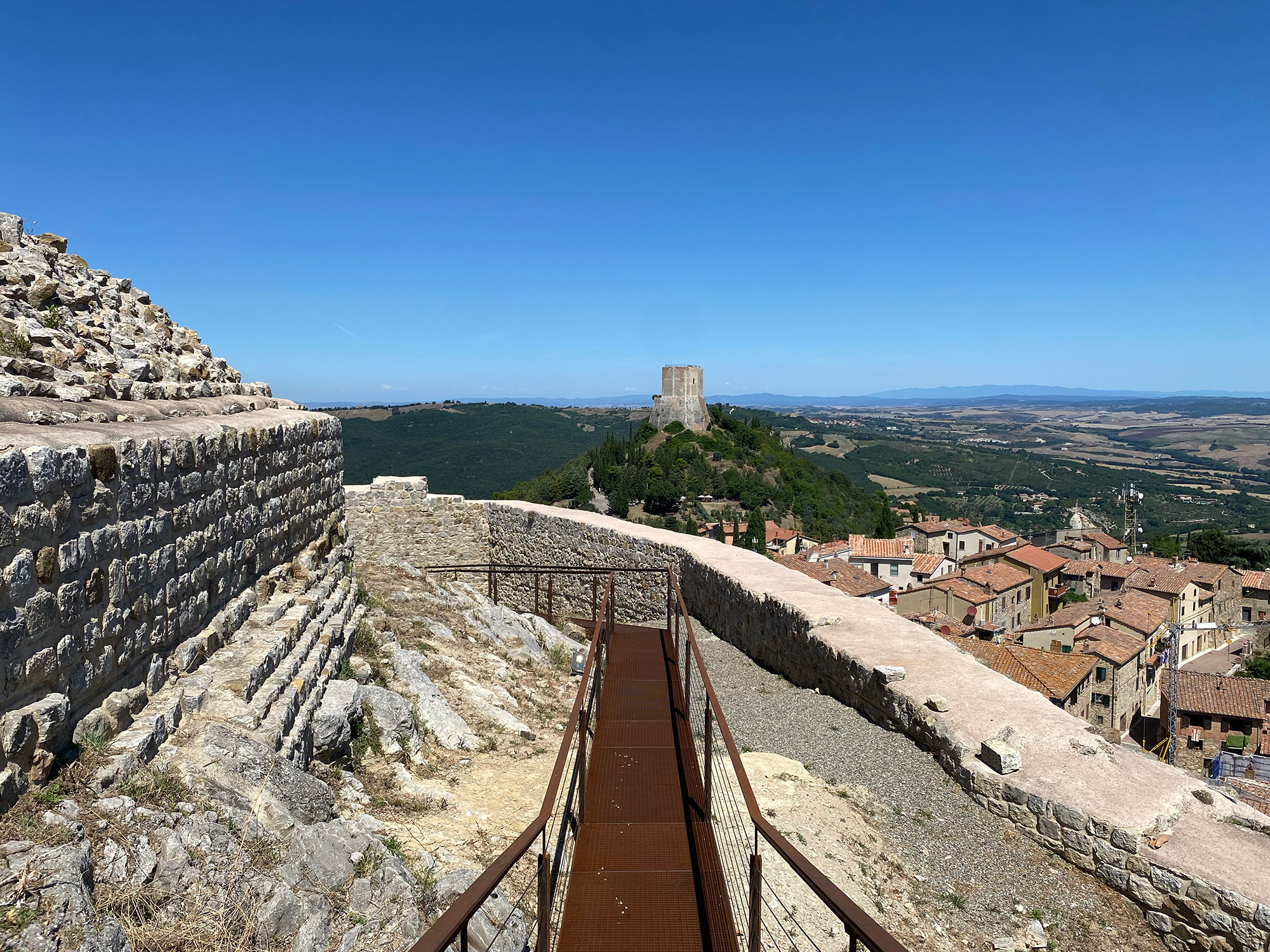
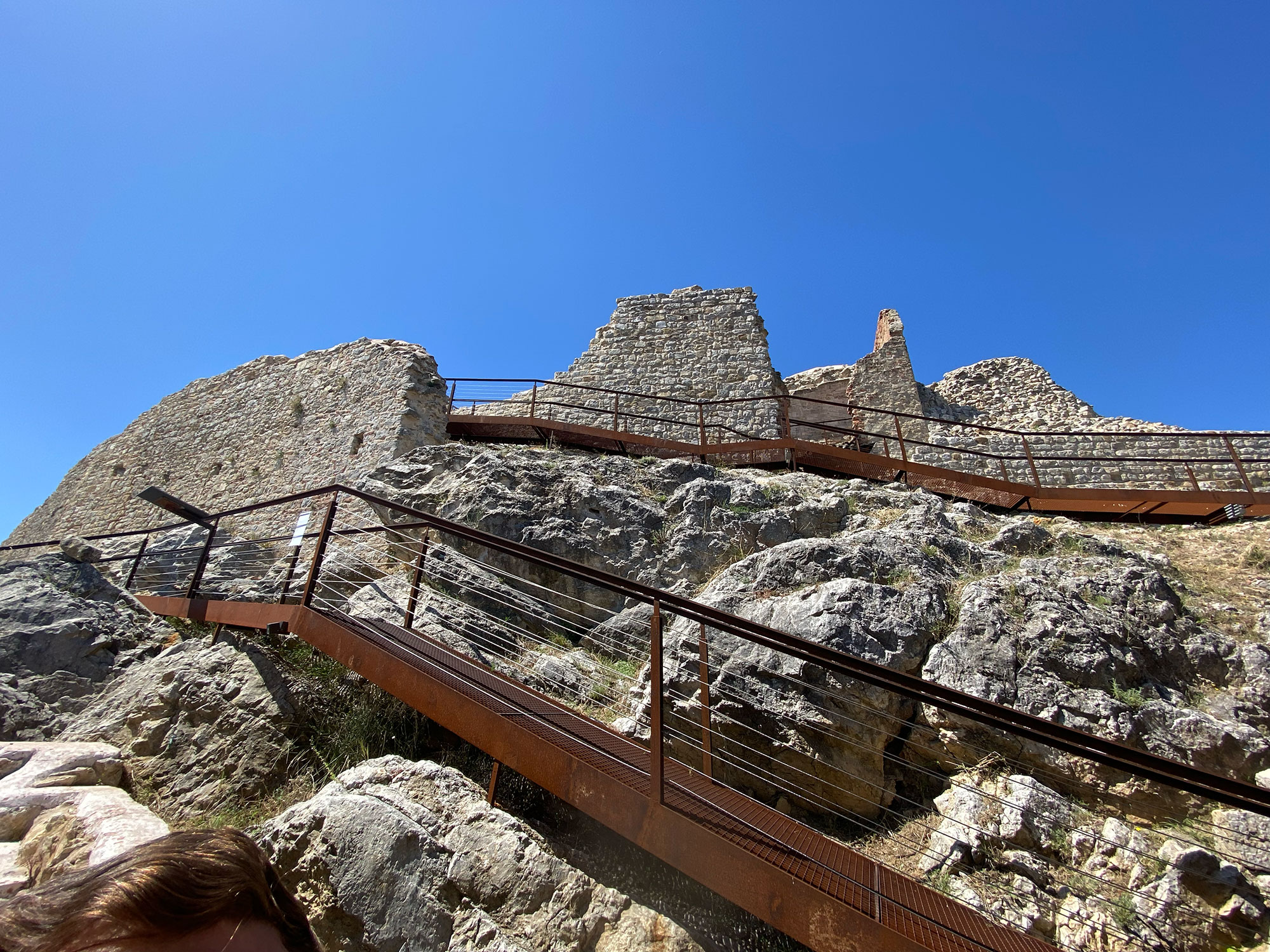
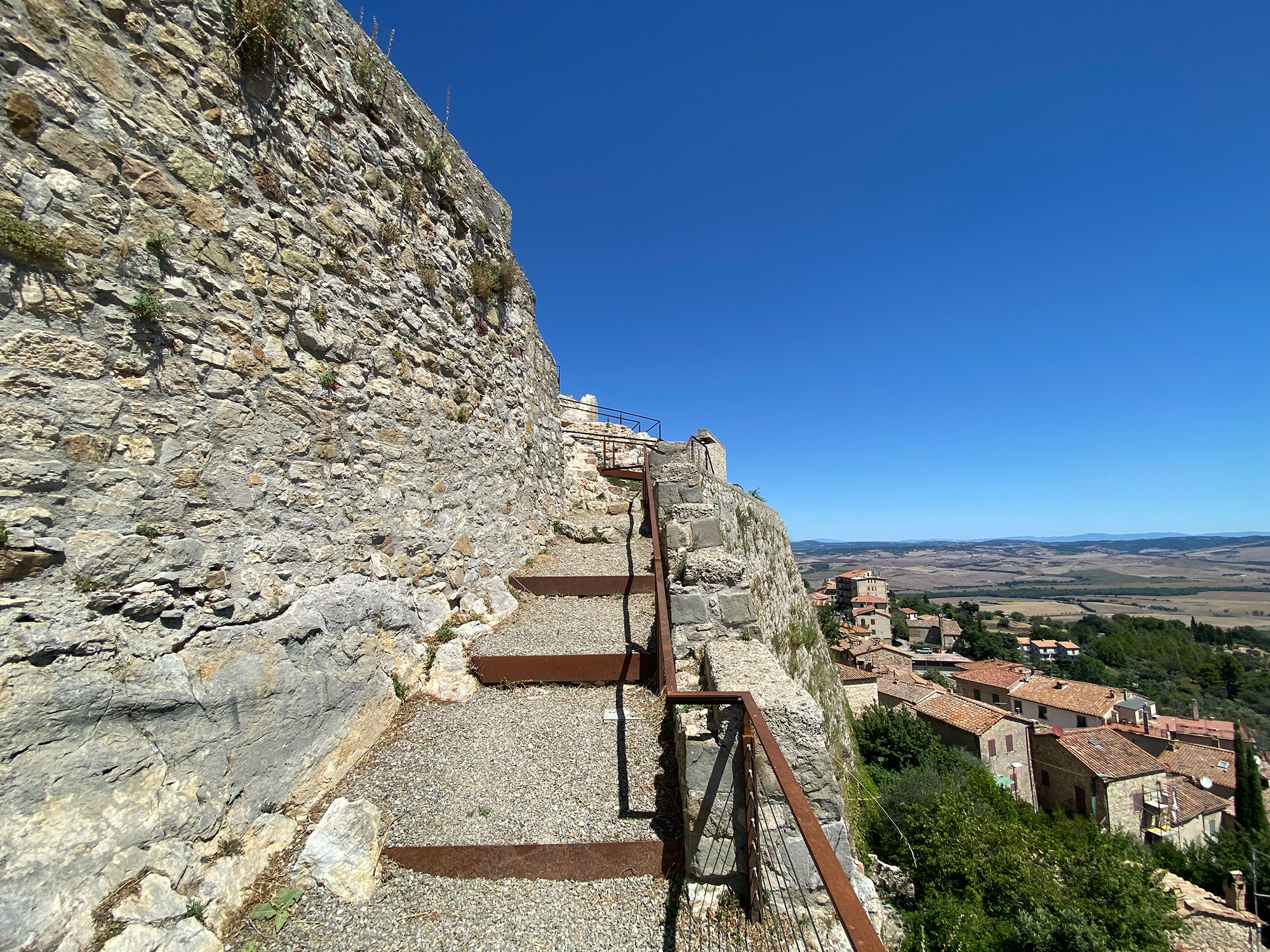


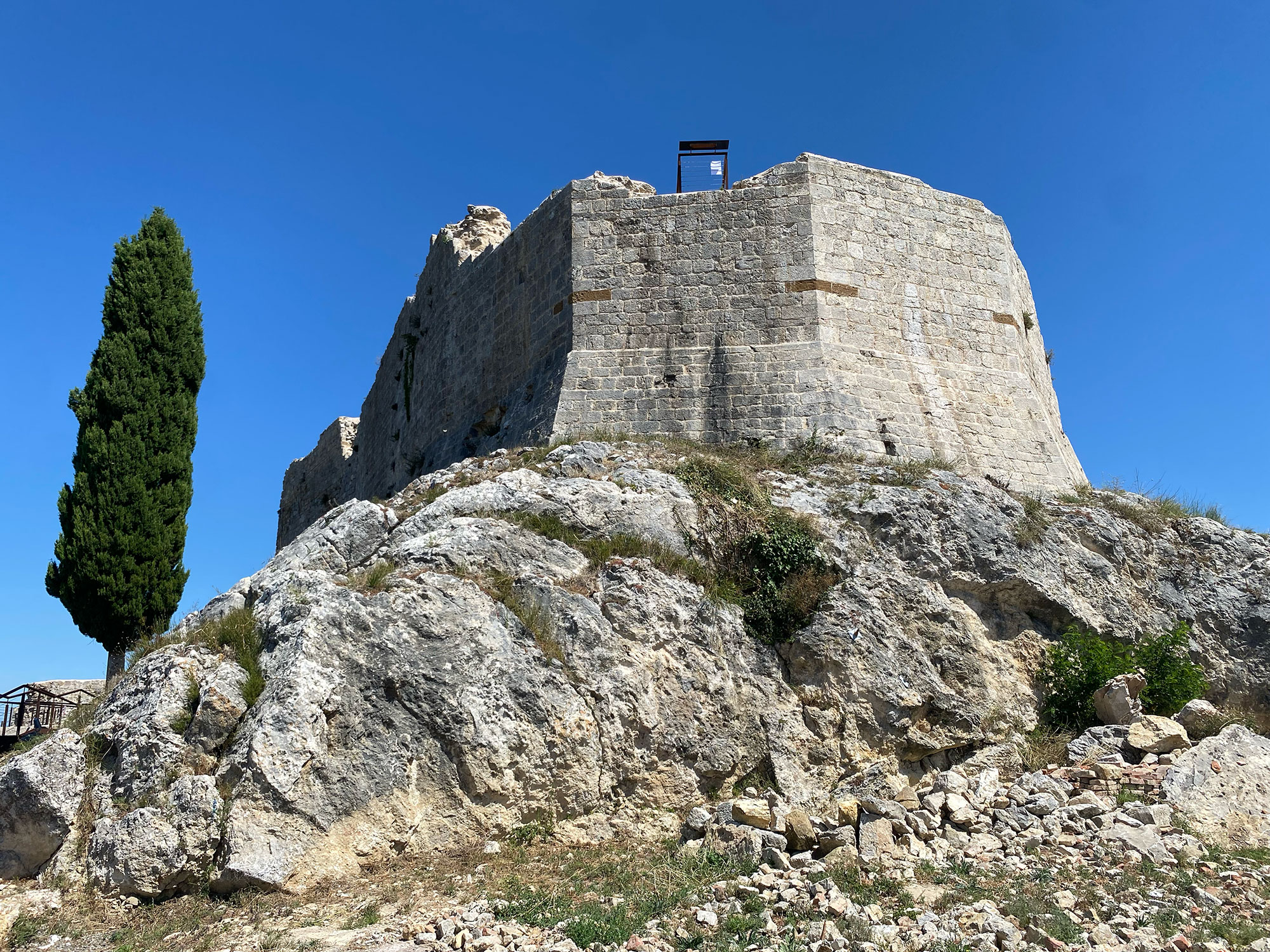
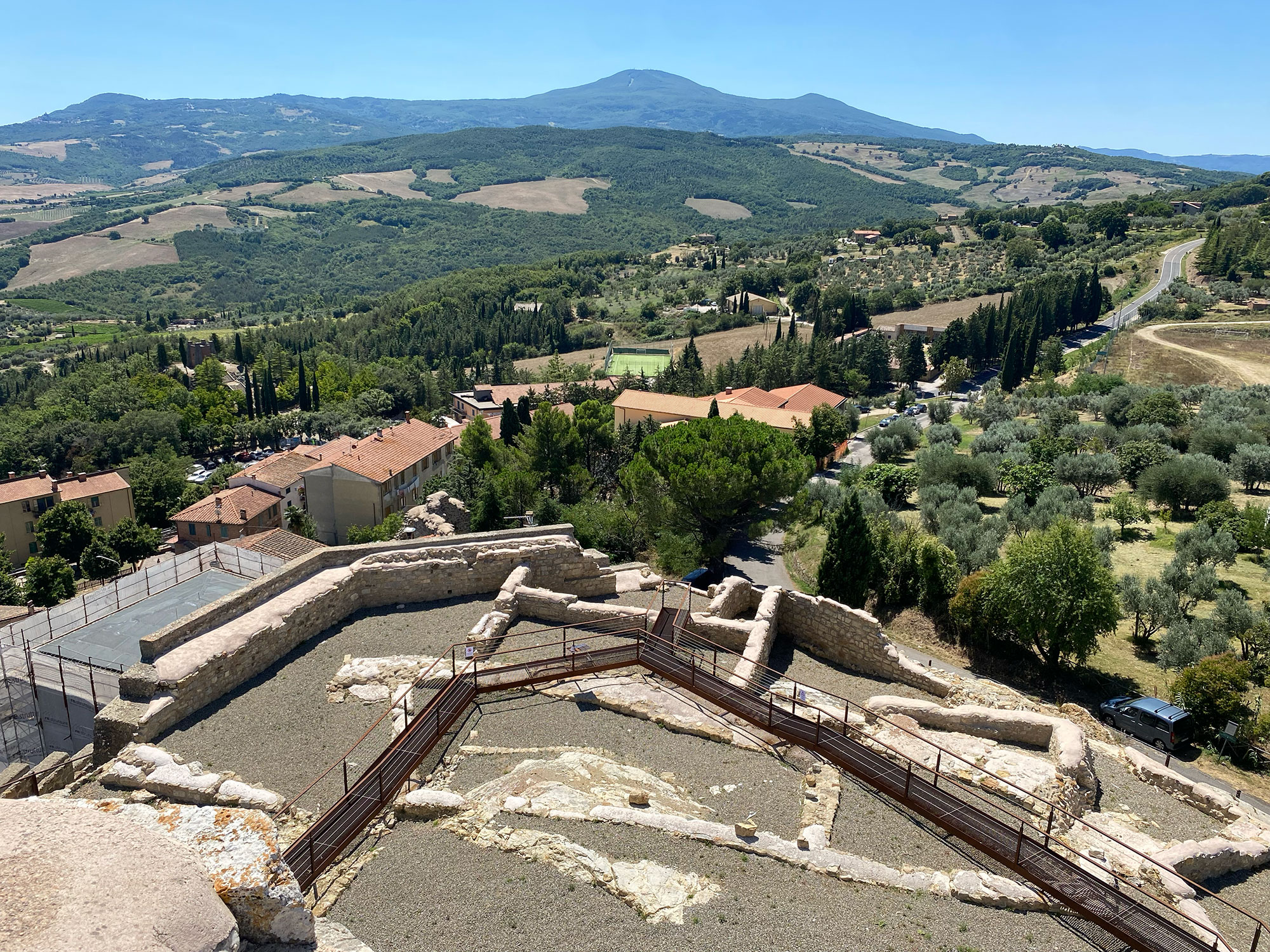
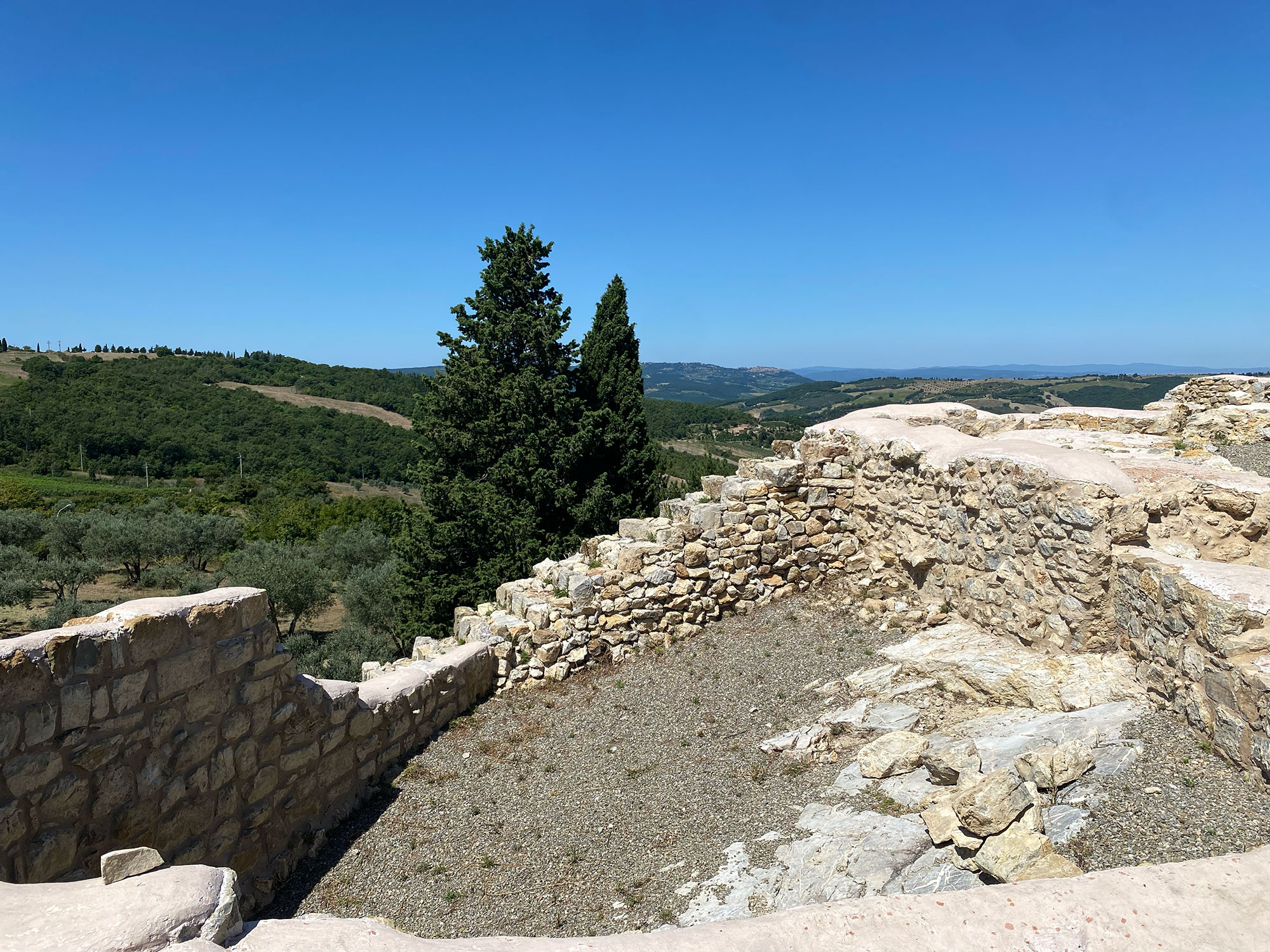
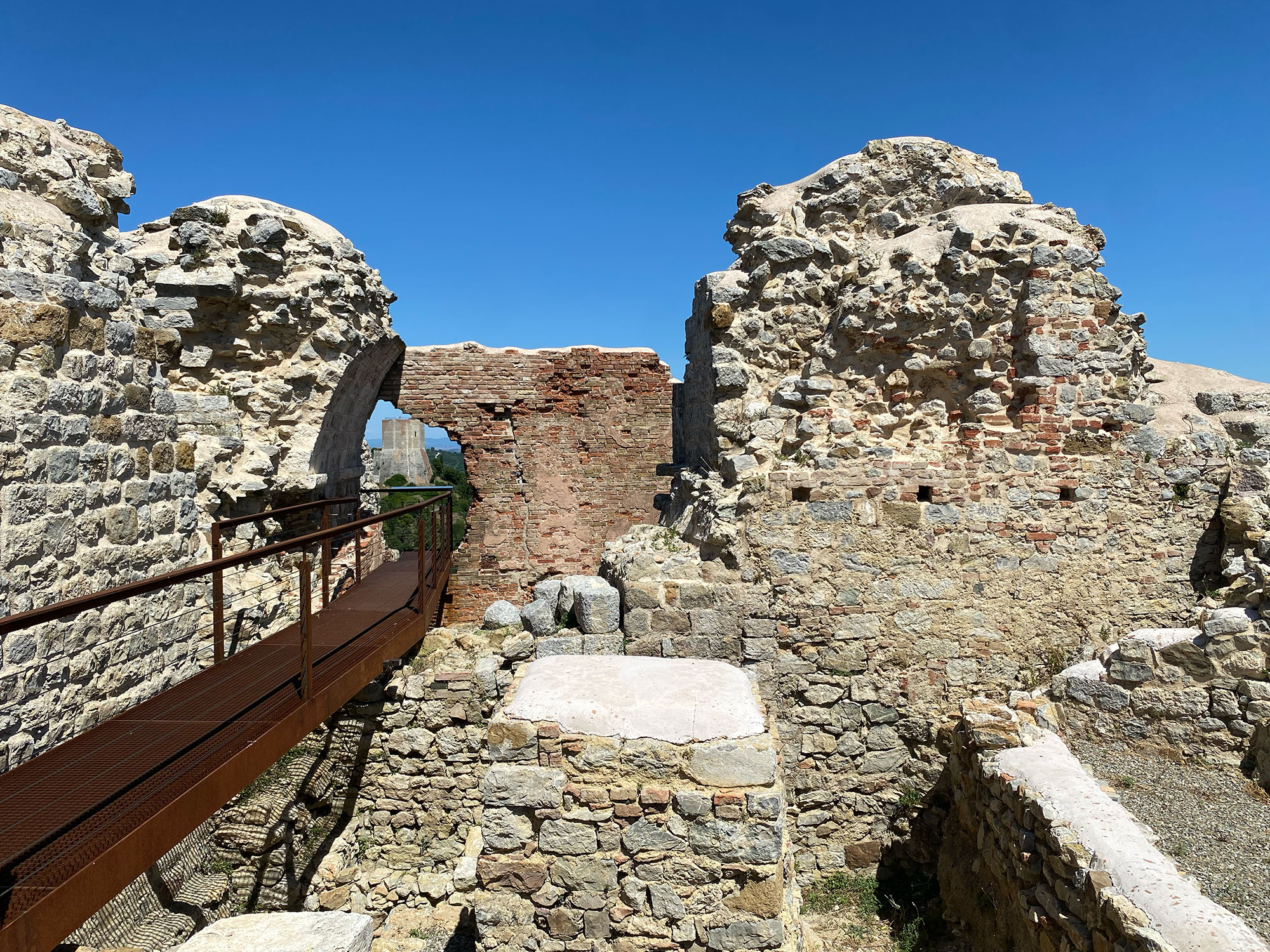
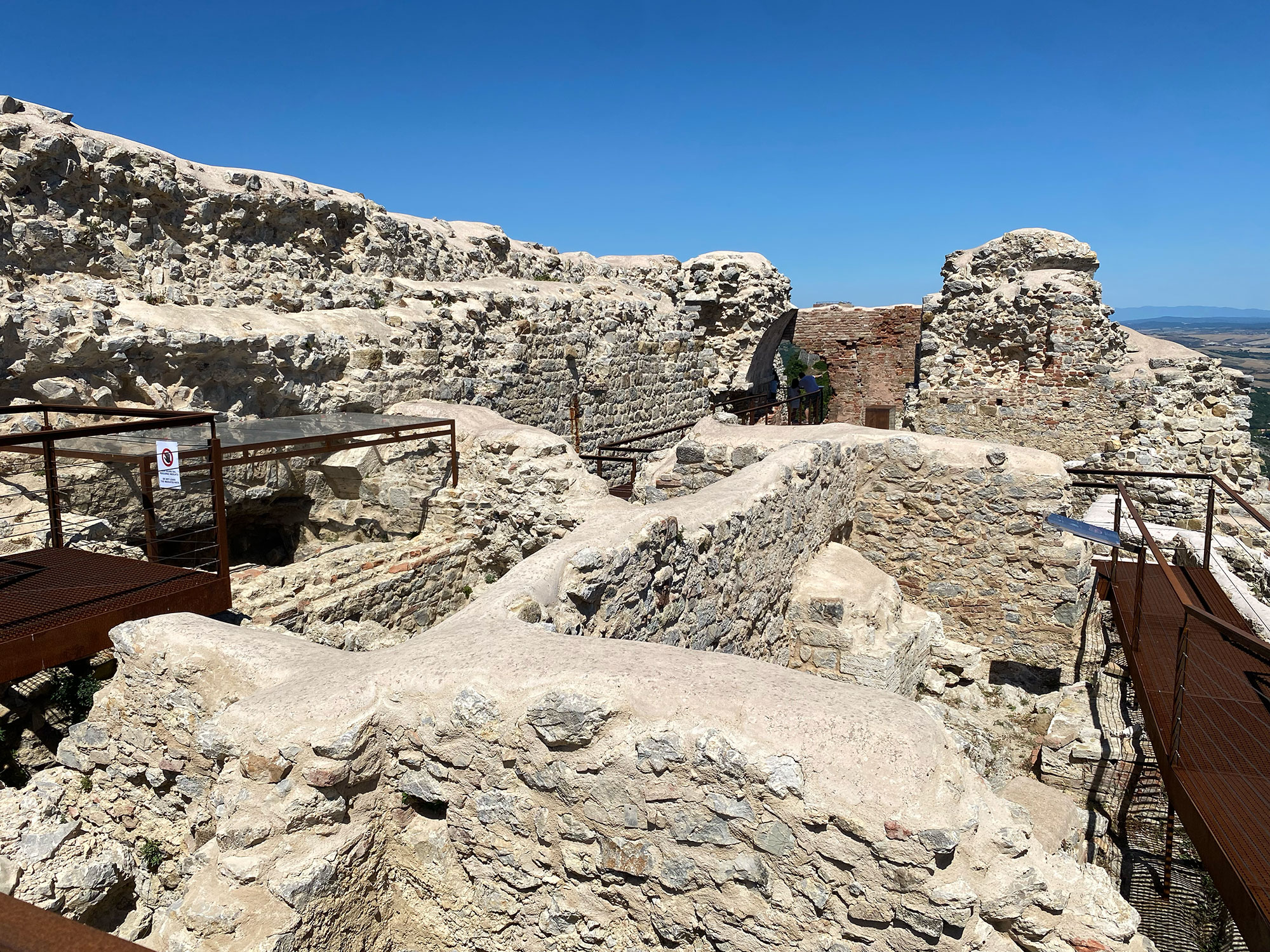
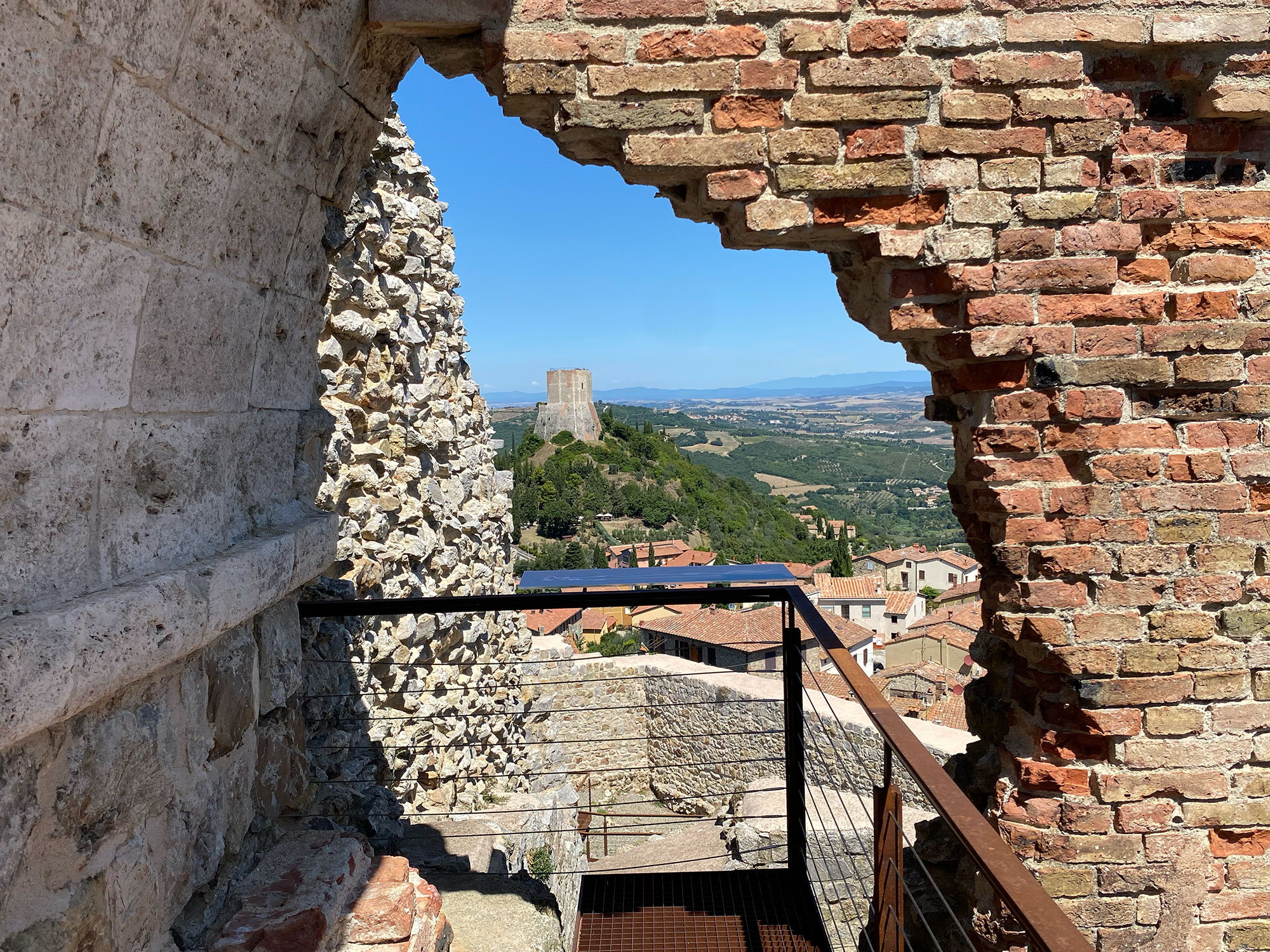
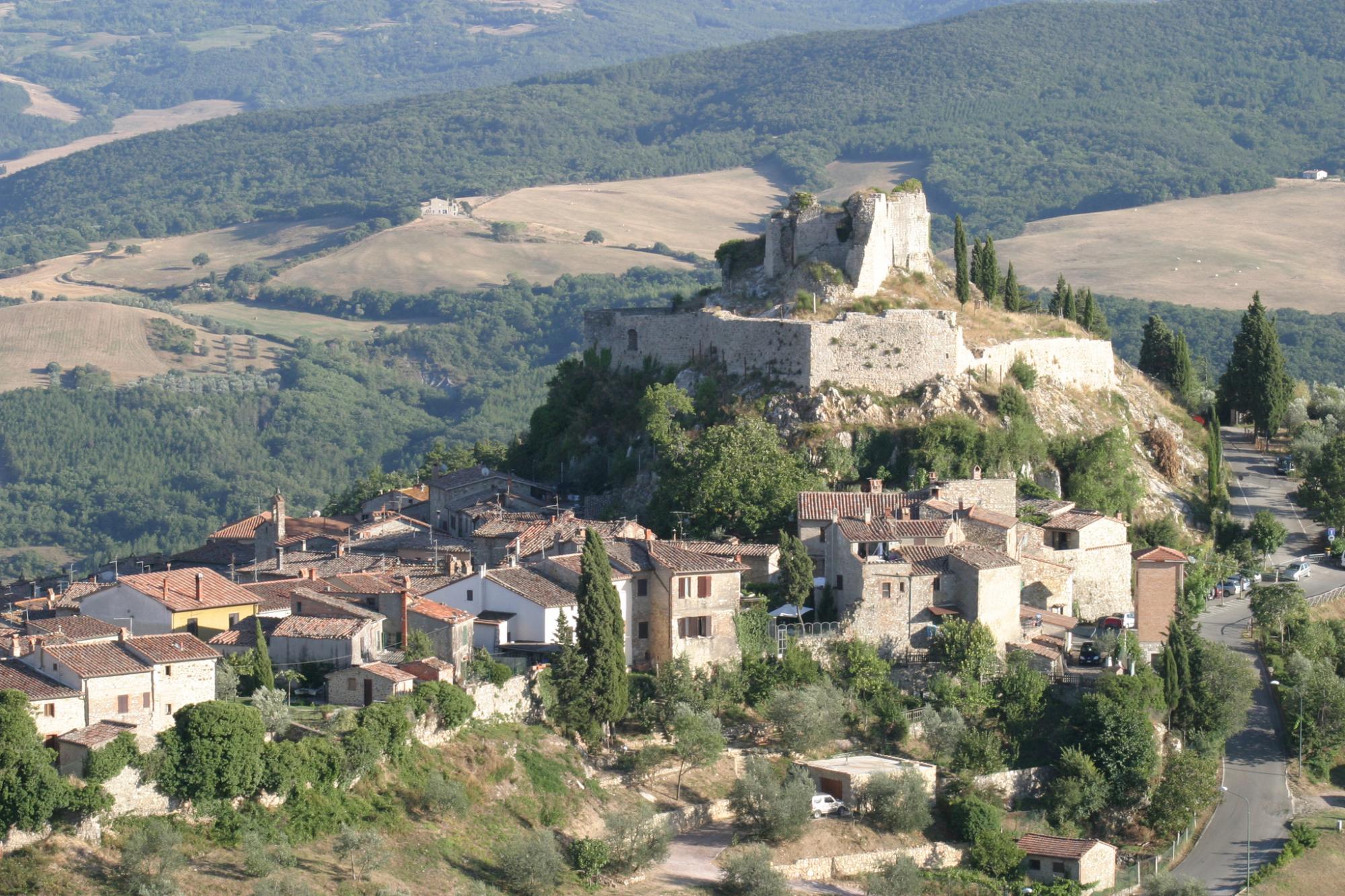
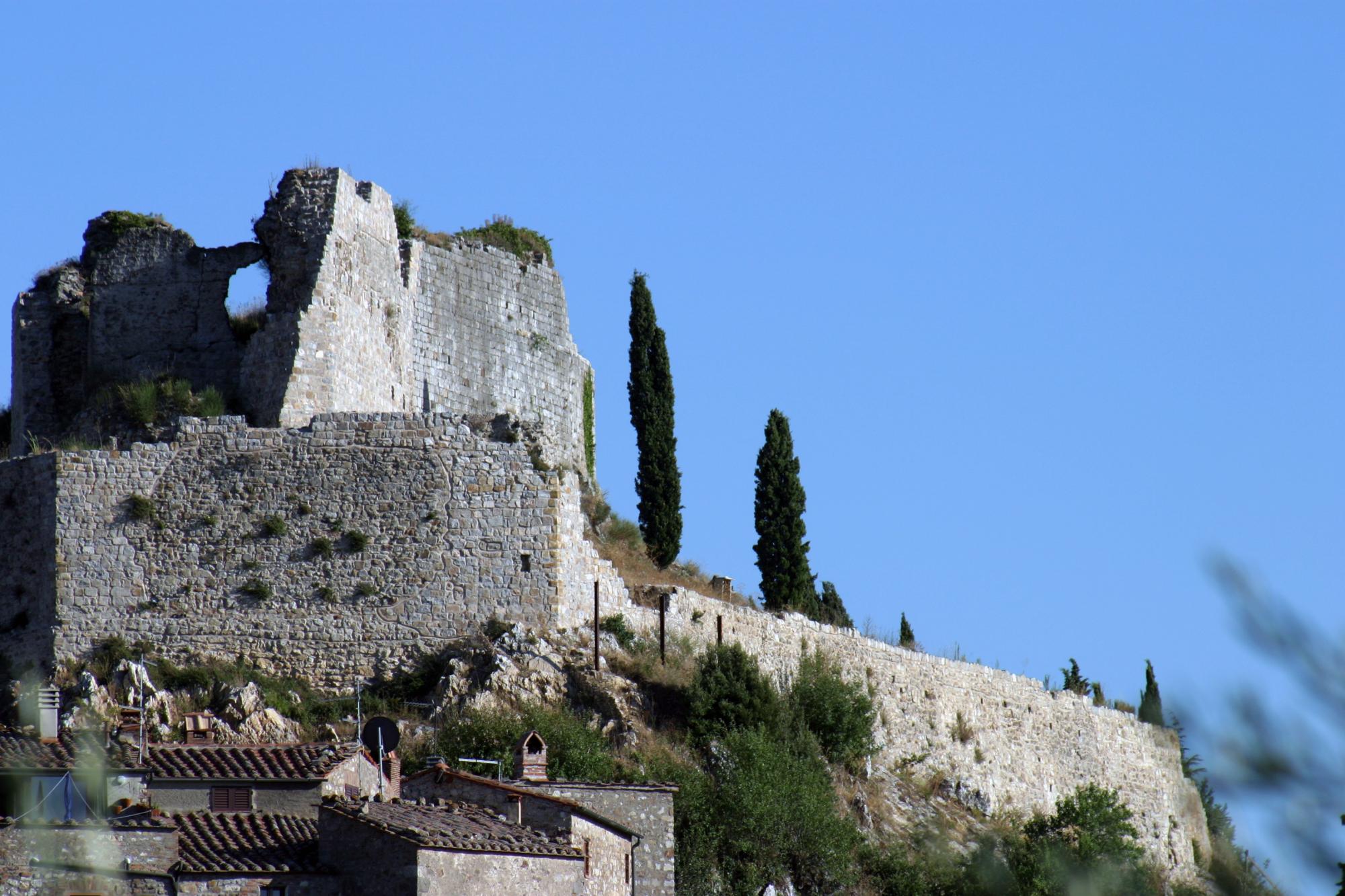
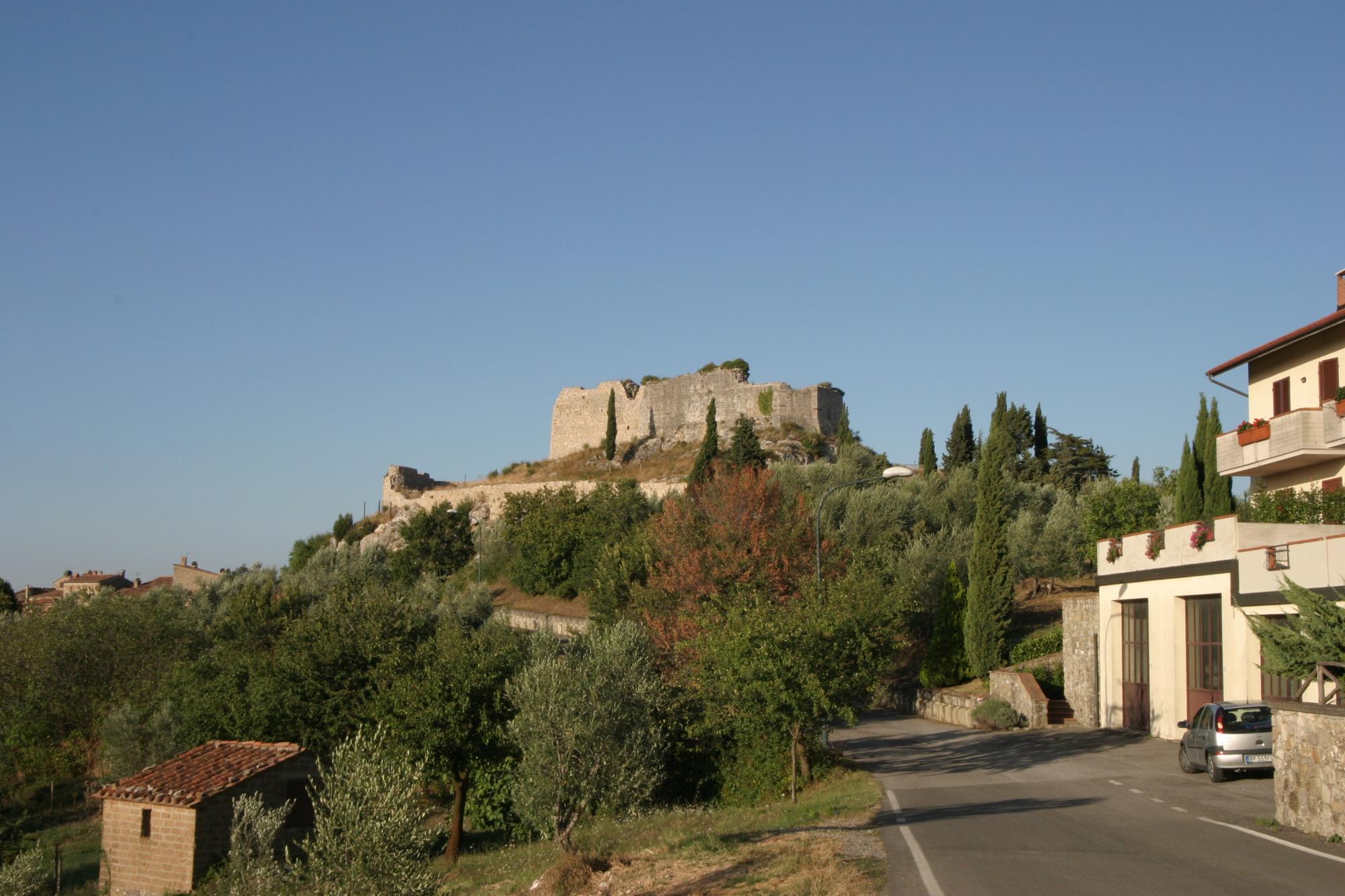
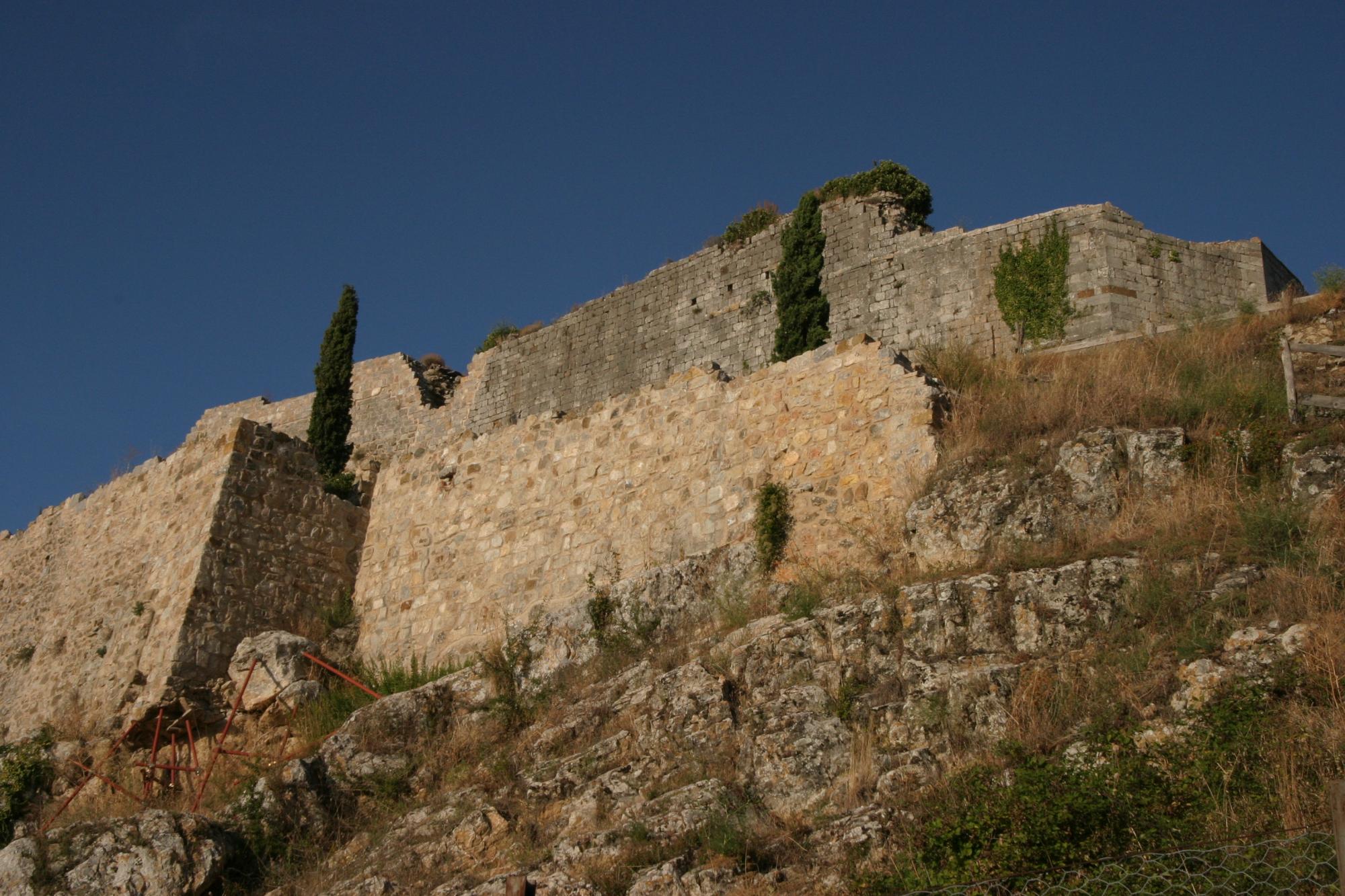
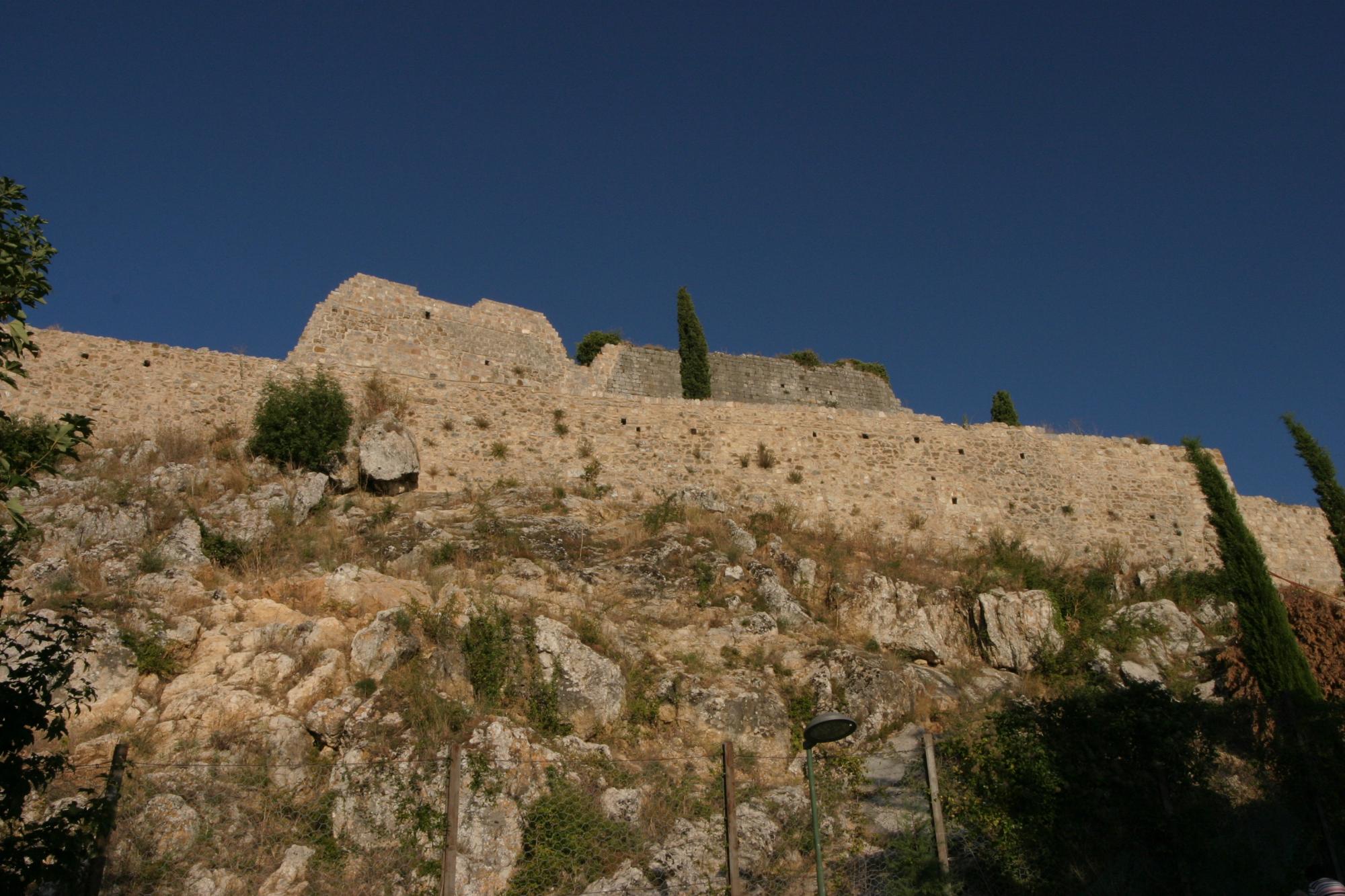






















How to reach
The Fortress overhangs the medieval hamlet of Castiglione d'Orcia.
History
Castiglione D'Orcia seems to be the most ancient settlement in the area, although notices of the presence on site of a Parish Church and then of a castle date back only to the Middle Ages. The history of this castle is closely connected to the controversies over its control that existed between the monks of the Abbey of San Salvatore and the Aldobrandeschi family. The small fortress controlled the ancient road that, from Mount Amiata, leads to the Val d'Orcia, the most important medieval road for communications from and toward Maremma. The nearby, only at a few hundred meters, mighty Rocca of Tentennano limited the control that the Rocca Aldobrandesca could practice on the Val d'Orcia and on the Francigena Road that crossed it, due to the fact that its 'twin' rose in a better strategical position for this purpose.
In the 13th century, the area began to interest the big cities of Siena and Grosseto. After years of hard struggles, the city-state of Siena took control of Castiglione, which was subdued in 1251, and the other fortresses of Val D'Orcia, acquired between 1254 and 1258. The Sienese reinforced all the structures of the fortification. The feudal family of Salimbeni had in fief from Siena in this part of the Val d'Orcia, thanks to the services given to the Republic in the Monteaperti battle fought against the Florentine army. In 1419, after many failed attempts, Siena subtracted these castles at the dominion of the Salimbeni that were becoming, with their expansionist aims, a menace for the chief town.
The fortification lies today in ruins for the state of abandonment that has been left since the end of the 'War of Siena' of the 16th century, but also for the serious damages suffered during the bombardments of the second world war. We can still admire the neatly squared stones used in the construction of the octagonal-shaped keep, and we can easily imagine its original aspect: it had to seem a classical-built medieval fortress divided in two courtyards, with the great external enclosure able to contain the population in case of the yielding of the city walls. Fortunately, the underlying village has recently undergone a major restoration.
In recent years, the entire fortress complex has also been subjected to major restoration and consolidation work. The area has been cleared of vegetation, so both the outer curtain wall and the cassero/palace area are now clearly legible. Finally, on August 5, 2023, the conservative restoration carried out by the Municipality of Castiglione d'Orcia, under the High Supervision of the Soprintendenza Archeologia Belle Arti e Paesaggio for the Provinces of Siena, Grosseto and Arezzo, was completed. The Rocca is open to the public thanks to the securement of the entire structure, the complete recovery of the walls, the conservative consolidation of the tower, and the creation of a visitor trail. Archaeological excavations have also revealed the remains of an apsed church datable between the 11th and 12th centuries, probably built by the Aldobrandeschi family itself.
More info & notes
How to visit the fortress
The site is located at Via Aldobrandesca No. 2 in Castiglione d'Orcia, the visiting hours are as follows:
- Open from April to September 30 daily from 10:30 am to 1 pm and 2:30 pm to 6 pm.
- October through March guaranteed weekend openings in October and March depending on weather the opening hours may be extended.
- Daily opening hours 10:30 a.m. to 4:30 p.m. from December 26 to January 6. For groups also at other times by prior reservation.
- Special openings in conjunction with events organized by the municipality and during long weekends ( e.g. Dec. 8).
For groups, the Rocca Aldobrandesca can open at other times, with prior reservation.
Ticket cost 6 euros, including admission to the Tentennano Fortress.